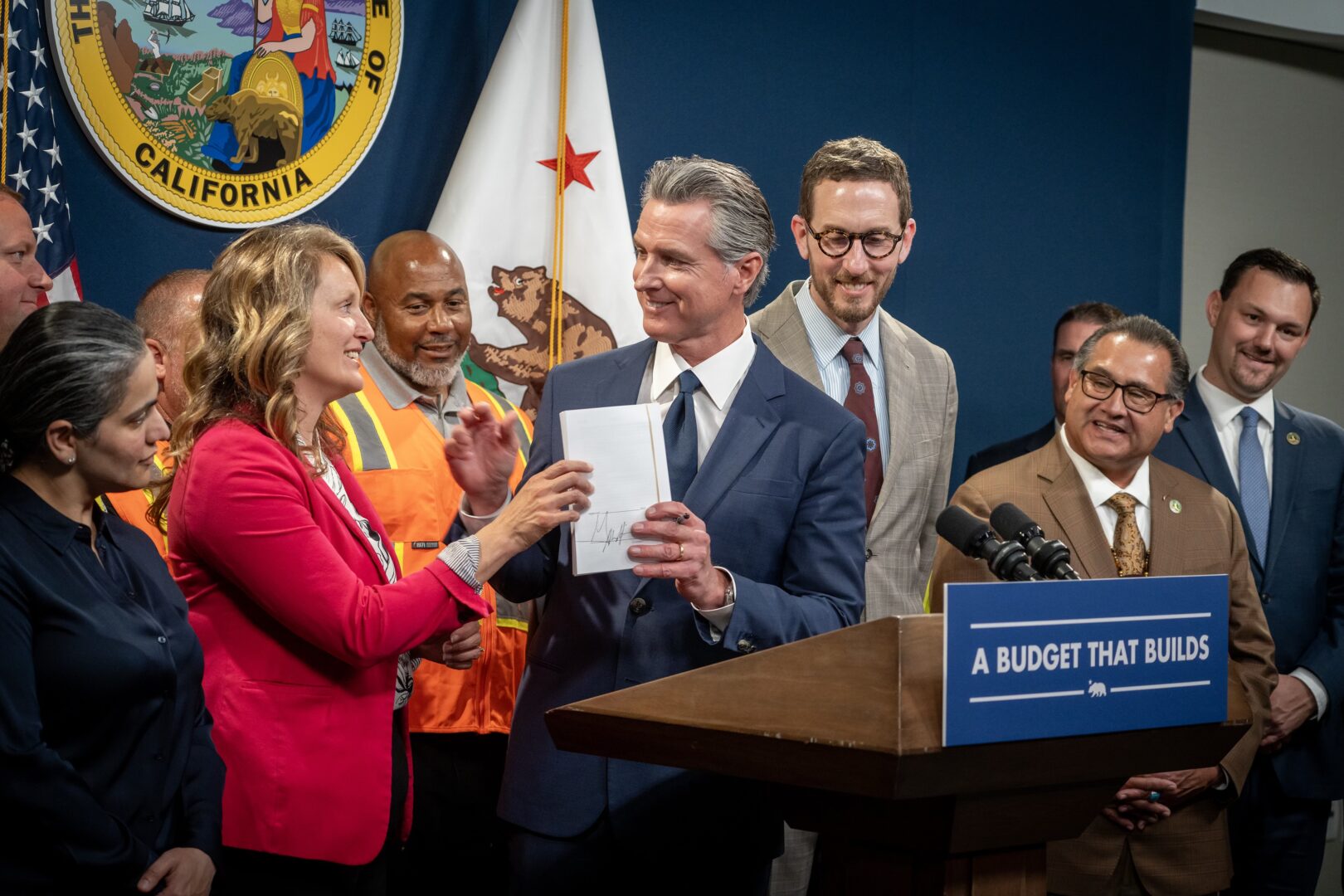Note: This post was originally published on LinkedIn by The Coalition for Reimagined Mobility
California is undermining its own stated goals to shift to sustainable transportation—and regulators around the world should take note to avoid making similar mistakes.
The California Legislature’s recent passing of A.B. 371, the so-called “Kill Bike-share Bill,” is the most recent wound in the slow death of a thousand cuts of shared micromobility.
The bill imposes extreme insurance requirements on shared e-scooter companies, far beyond what the state currently requires of private car owners or even car rental companies. It makes these companies liable for the behavior of anyone using their service. This is illogical and counterproductive.
Micromobility has been identified as a critical part of global efforts to achieve net zero emissions in transport by 2050, as well as rapidly reduce reliance on oil in the near term.
The trade-off is simple—more sustainable options for people to get where they’re going or phony risk mitigation?
This is bigger than e-scooters
While this may not have been the legislature or governor’s intention, this bill will negatively impact shared micromobility overall, potentially chilling future innovation and investment in the space. Bikeshare was only left out of the final bill after activists pushed for revisions, and there is no guarantee that lawmakers won’t later amend this bill or that it won’t become precedent for similar legislation.
Shared micromobility is an important piece in the puzzle of reducing passenger transport emissions and can help to make a significant impact if adopted at scale. A brand-new global study of six cities has revealed that, in Seattle specifically, shared micromobility can save between 15 and 37 grams of CO2 per passenger kilometer. The study also shows how the fifty biggest U.S. cities could save nearly 100 million tons of greenhouse gas emissions every year by investing heavily in shared mobility – which includes micromobility options like e-scooters. We should also feel greater urgency to adopt transportation options that decrease our reliance on fossil fuels, which will increase our energy independence in the face of an increasingly volatile geopolitical landscape.
Policymakers who want to create a more sustainable, efficient, and resilient mobility future should take this as a cautionary tale. This is the most recent signal to the private sector that shared mobility business models will continue to face increasingly burdensome obstacles to the sector’s survival, and along with it the promise of a transportation transformation that puts people, the planet, and communities first.
Even without draconian mandates like A.B. 371, micromobility operators need favorable regulation, dedicated infrastructure like separated bike lanes, relatively easy integration with transit systems, and direct or indirect subsidies if these services are going to thrive.
More of the same?
Private sector actors can innovate more nimbly than the public sector and help spur revolutionary change in how people get around. The shared micromobility boom that took off in late 2017, thanks in part to improvements in battery and smartphone technology, introduced a new model for getting around in U.S. and European cities.
People like having these options. Almost sixty percent of U.S. respondents to a 2021 McKinsey survey said they were willing to use micromobility options for their daily commute. In Europe, micromobility has enjoyed strong year-on-year growth between 2021 and 2022–66 percent for e-scooters, 185 percent for dockless bikes, and 57 percent for mopeds.
These services have helped people get around more conveniently—especially during the pandemic—and plugged gaps in transit service. They also proved more flexible than public transit. The world’s biggest micromobility study found that flexibility is the top reason people use micromobility options. A quarter of the time these trips substitute for transit trips. And, frankly, people find them fun.
Yet when regulators aggressively clamp down on mobility innovation—like the eyewatering permitting fees in cities like Oakland—or make legalizing new mobility options expensive and time consuming—like the legislative battle to legalize e-scooters in the state of Pennsylvania—they lose the chance to learn how privately operated mobility services can positively transform transportation systems now and in the future.
Regulators saw this new trend as a problem to be solved rather than as an opportunity to be seized – all while announcing bolder climate ambitions. The transportation sector is the greatest source of greenhouse gas emissions in the U.S. and most developed economies. While there is momentum to transition all existing vehicles to electric models, this will take time and it doesn’t consider that people have different needs for different trips, nor take into account the costly inefficiencies of our current transportation systems. People should have choices that reflect the diversity of those needs that will also make our cities more livable and accelerate the decarbonization we need so urgently.
This bad attitude to innovation doesn’t bode well for the future deployment of emerging connected, autonomous, shared, and electric mobility services (known as CASE), like autonomous shuttle services, that have significant environmental, social, and economic benefits.
Research has shown that shared autonomous mobility is likely to be more cost-effective than conventional buses and will enhance transportation access for underserved populations. Yet there has been a lukewarm response by some city and transportation officials to a request by GM’s Cruise for a regulatory exemption that would enable the widespread deployment of robotaxis across the United States.
Even worse, regulators end up depriving people of innovative new services that can reduce their transportation costs while increasing access to jobs, schools, and essential healthcare.
The right regulations can help cities achieve congestion and pollution reduction, as well as environmental sustainability goals all while giving people more choice in how they get around.
Cities should want these services to thrive
The policies we set today will shape the future of innovation, or lack thereof, in this space. There is a possible future where someone living in a city with cleaner air will have multiple transportation options at their fingertips that let them opt out of automobile congestion and the hassle of finding and paying for parking.
Heading to the grocery store and want to avoid driving a car for such a short trip? Grab a shared e-bike outside the apartment building. Once the shopping is done, use a cell phone to call a golf cart-sized autonomous electric vehicle. It pulls up directly in front of the store and has just the right amount of room in the back for groceries.
Perhaps the rent for the apartment also covers access to one of several shared electric cars in the building’s garage that residents can book for longer trips or weekend getaways.
A 24-hour autonomous electric shuttle runs every seven to ten minutes, stopping to pick up commuters and connect them to a train stop about three miles away.
If you live in an urban area, think about how this would transform your life.
This future is only possible if we encourage innovation in shared and autonomous mobility technology as aggressively as policymakers are currently encouraging a transition to electric vehicles.
The road to a better mobility future
Instead of putting up barriers to these innovations, policymakers everywhere should:
- Set realistic insurance and liability coverage requirements that are harmonized across modes and protect consumers but do not suffocate private mobility operators.
- Invest in dedicated infrastructure for micromobility and other small electric vehicles that physically separates them from car drivers and pedestrians. These kinds of shared street spaces have the added benefit of helping local businesses thrive.
- Collaborate actively with private mobility operators to design regulations and to decide on scrapping out-of-date regulations.
- Scrap burdensome permitting fees that prevent private mobility companies from breaking even.
- Require transit authorities to integrate micromobility and other shared services (like on-demand shuttles and emerging autonomous services) into the transit system to fill gaps in service in a cost-effective way.
These kinds of policies and investments have worked elsewhere and will help accelerate the transition to a CASE mobility future, which will be more efficient, equitable, and sustainable while making cities more livable and productive.
Jason Islas is Senior Manager for Policy Communications at the Coalition for Reimagined Mobility. He previously worked in the shared micromobility industry. Kim Watts holds a Ph.D. in Law from the University of Antwerp, Belgium, where her doctoral research was an international study of alternative liability systems and their application to mobility developments. She is the Program Manager for Passenger Transportation at the Coalition for Reimagined Mobility.






